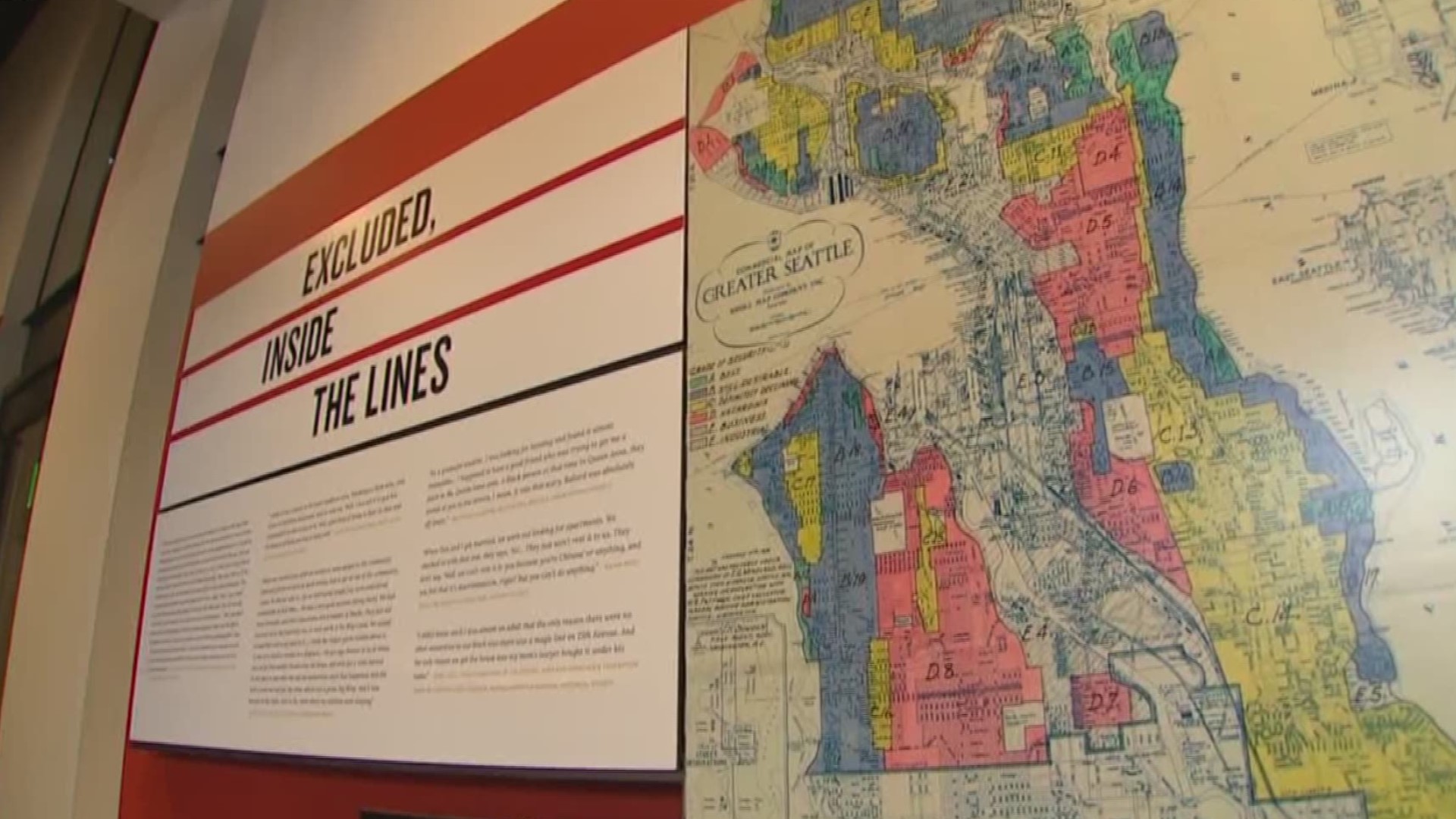SEATTLE — There's a new effort underway to explain why Seattle's neighborhoods look the way they do, and how segregation shaped the city.
The Wing Luke Museum of the Asian Pacific American Experience in the Chinatown-International District wants to take people on a walk to illustrate discriminatory housing practices, called redlining, and how they impact Seattle today.
“We have a lot of new people who move into the city and they don't realize that Seattle was, and in some ways still is, segregated,” said Wing Luke deputy executive director Cassie Chinn.
The museum opened an exhibit called “Excluded, Inside the Lines,” which documents redlining-- the policies that made it more difficult for minorities to purchase homes in certain areas.
Wing Luke is also organizing walking tours of neighborhoods impacted by redlining, such as the Central District and the International District.
“When you’re actually experiencing it here on the street level, it’s the immersive experience,” Chinn said while walking through Canton Alley, one of the stops on the planned tours.
A museum exhibit shows a map from 1936, which was meant to help real estate investors decide where they should put their money in Seattle.
It rates the security level of each neighborhood. Predominately white blocks were considered "best" or "still desirable."
Black and Asian communities were deemed "hazardous" or "definitely declining."
The museum is still developing specific routes for the walking tours and is planning some test walks this summer.
They hope to make self-guided walks and urban trails a permanent fixture in Seattle, to illuminate how we got here today.
“That ‘aha’ moment pops up, then you kind of understand Seattle, the place, why it is the way it is today, much better,” Chinn said.
More information on the exhibit and walking tours here.

